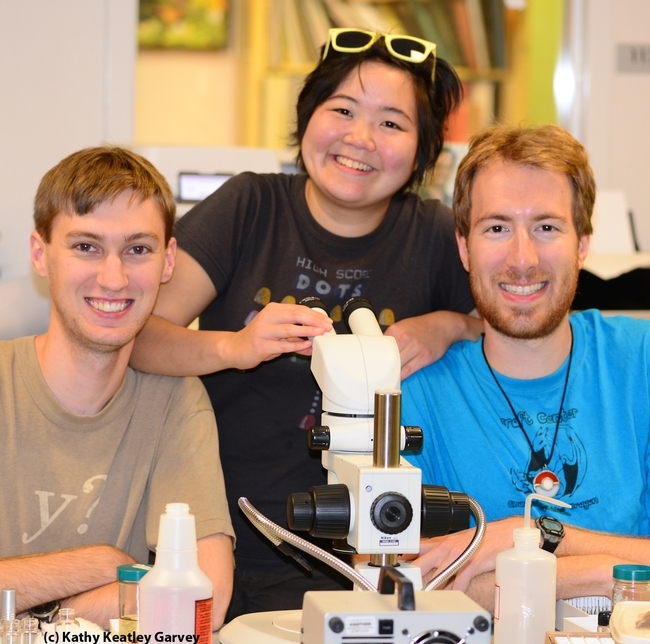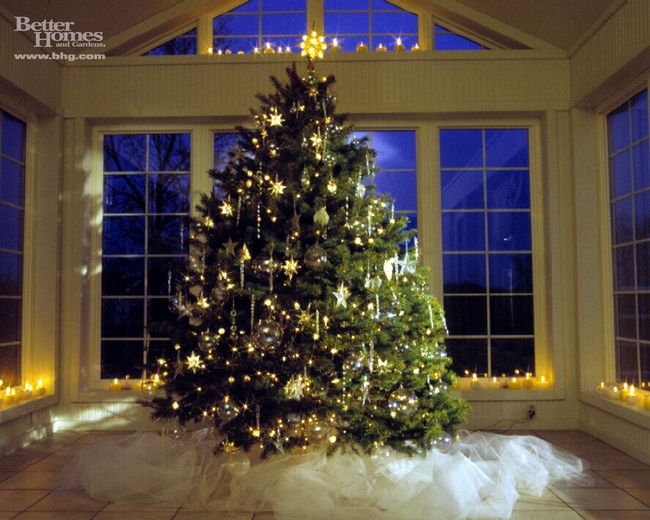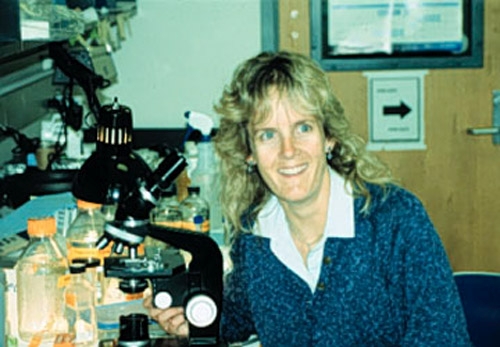UC Blogs
A Gathering of Beekeepers
It will be a gathering of beekeepers next week in California. And it promises to be informative, educational and inspiring. Assistant professor...

Bee scientist Brian Johnson of the UC Davis Department of Entomology in front of an observation hive. (Photo by Kathy Keatley Garvey)

Extension apiculturist Eric Mussen of the UC Davis Department of Entomology spends much of his day talking about bees. (Photo by Kathy Keatley Garvey)
What They Did Is Amazing!
If you like Pokémon, you know the insect connection. Satoshi Tajiri of Japan, who developed Pokémon, collected insects in...

They did it! From left are Andrew Richards, Ivana Li and Matan Shelomi. (Photo by Kathy Keatley Garvey)
Alfalfa at AgVenture
This blog is an outreach tool for alfalfa and forage information. We hope you will find it convenient and the information relevant and timely. From...
GMO labeling proposition fails in California
The initiative that would have required special labeling on food that contains genetically modified ingredients failed in California, 53.1 percent to 46.9 percent, reported ABC Rural radio in Australia. Host Anna Vidot talked to Alison Van Eenennaam, UC Cooperative Extension specialist in the Department of Animal Science at UC Davis, about the fate of Proposition 37, which on Tuesday received about 4.3 million votes in favor and 4.8 million votes against.
In the eight-minute interview, Van Eenennaam said Proposition 37 was a flawed bill that would only have been applied to processed foods available in supermarkets, leaving out dairy products, fresh meat and restaurant foods.
"I think it was a vote against a really poorly written initiative, that had a lot of loopholes and hidden exemptions and that had this lawsuit provision in there that allowed anybody that saw something mislabeled to sue the grocery store without having to prove damages," Van Eenennaam said.
Real or Artificial? The Choice is Yours.
It's that time of the year again when holiday tree lots begin to set up shop and artificial trees are placed out in the local retailers for sale. As a sustainable gardener I often find myself wondering the age old question, is an artificial tree more environmentally friendly than a real tree? The answer to this question will likely be the basis for my chosen display choice this year so I began to investigate the facts behind both options.
We have had a fake tree for the past 10 years and we are ready for a new one as it is worn out. Some of the issues with artificial trees are that about 95% of them are manufactured in China (including the one I have) and take large quantities of fossil fuel to transport from China to our market here. They are largely made of non-biodegradable plastic and studies show they need to be used at least 10 years to make them an environmentally friendly decision. Most are discarded after an average of only 6 years and then sit in landfills for decades because they don't decompose and cannot be recycled. In contrast, real trees help regulate carbon dioxide while they are being raised, emitting oxygen into our air. They are largely recycled after use creating secondary products like mulch and compost. Real tree farms employ hundreds of thousands of Americans who are dedicated to growing healthy beautiful trees for families to one day idolize, decorate and enjoy memories of. The fossil fuels needed to pick up a local real cut tree are minor compared to a trip over from China.
A downside to some tree farms is the usage of pesticides and fertilizers during production which can pollute ground water and soils of unscrupulous users. My conclusion is that a real tree may be the more green choice when deciding on what kind of holiday tree one displays this season. I will soon be getting in my eco station wagon to take the family down to the real tree lot this year, the first time in a decade, so we can get a real tree. It is always an "experience" and I'll feel better about the reason why I am there this year.

Beautiful Christmas tree. (photo courtesy of Better Homes and Gardens website)


